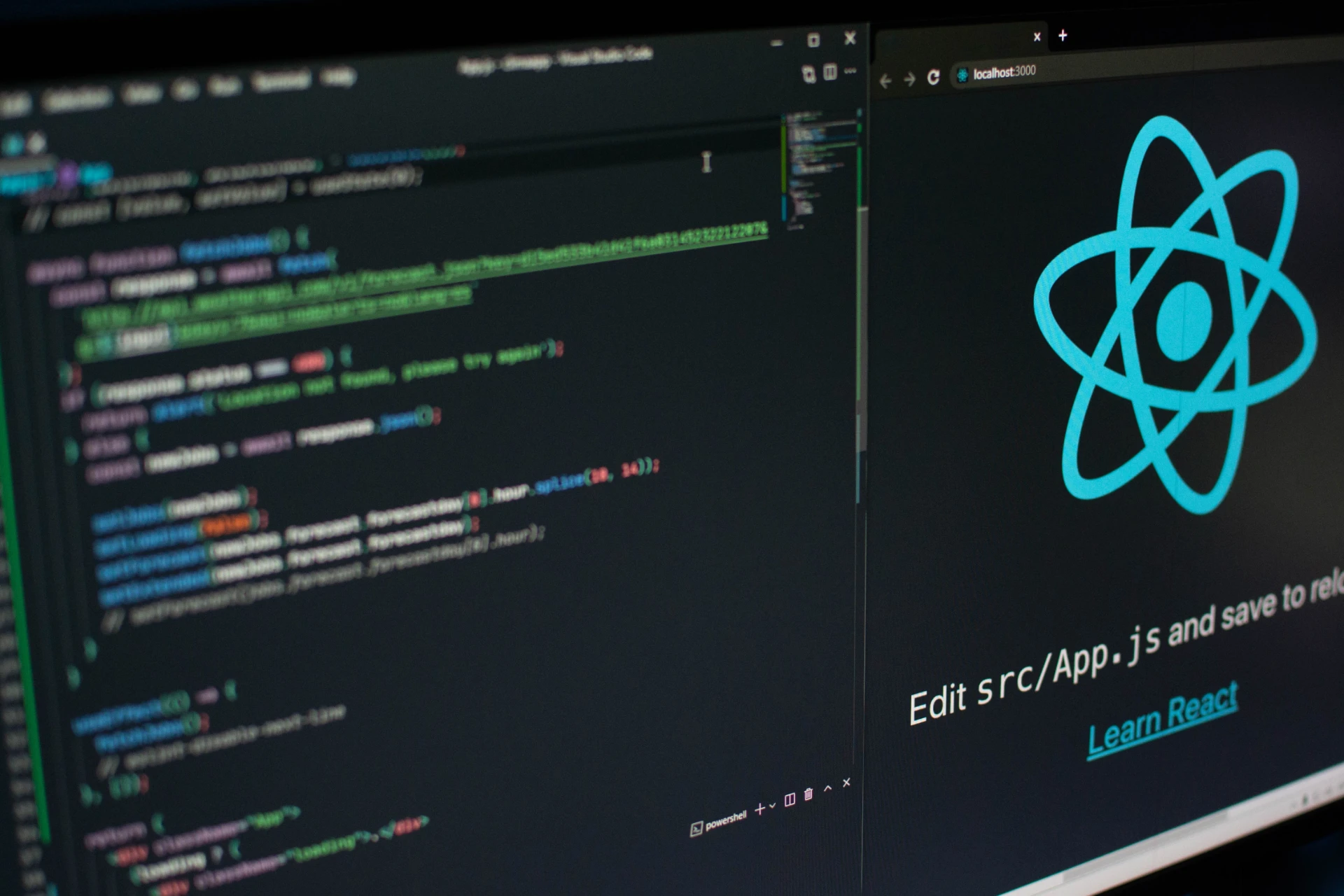React Native Development: An Overview
React Native is undoubtedly one of the most exciting technologies in the world of mobile app development. With React Native, developers can create mobile apps for iOS and Android using a single codebase. This ultimate guide provides you with a comprehensive insight into the world of React Native development – from basics to advanced techniques.
What is React Native, actually?
React Native is an open-source framework developed by Facebook that enables the development of native mobile apps using JavaScript and React. It was first released in 2015 and has since garnered a rapidly growing community and a large number of developers. The unique feature of React Native: You can use the same code to build iOS and Android apps and do NOT need to write two separate codebases.
The Basics of React Native
1. Installation and Setup
Before you can start developing React Native apps, you need to set up your development environment. This includes installing Node.js, npm (Node Package Manager), and the React Native CLI. You can also use an integrated development environment (IDE) like Visual Studio Code to streamline your work.
2. Components and JSX
React Native uses components to build the user interface of your app. These components are reusable building blocks that you can combine to create complex user interfaces. They are written in JSX (JavaScript XML), a syntax extension of JavaScript that facilitates the description of user interfaces.
3. State and Props
React Native applications use the concepts of “State” and “Props” to transfer data between components and update the user interface. The “State” contains data that can change during runtime. “Props” are data passed from parent components to child components.
4. Styling
Designing your user interface is an important aspect of React Native development. You can create stylesheets to customize the appearance of your components. React Native uses Flexbox to create layouts, providing you with a flexible and powerful way to design your app.
React Native Components
React Native offers a variety of predefined components that you can use to build your user interface. Here are some of the most commonly used components briefly introduced:
1. View
The View component is used to create containers for other components. It is often used to define layouts.
2. Text
The Text component allows displaying text on the screen. It supports various text styles and formatting.
3. Image
The Image component allows you to display images in your app. You can load local images or images from the internet.
4. Button
The Button component enables adding buttons to the user interface. You can trigger actions when the user clicks the button.
5. ScrollView and FlatList
These components enable scrolling of content in your app. ScrollView is suitable when you have a limited number of elements, while FlatList is optimized for long lists.
Navigation in React Native
Navigation is an important part of any app. React Native offers various solutions for navigation. The two main ones are:
1. React Navigation
React Navigation is a popular library for implementing navigation in React Native. It provides various navigation components such as StackNavigator, TabNavigator, and DrawerNavigator to organize navigation in your app.
2. React Native Navigation
React Native Navigation is a library developed by Wix for navigation in React Native. It is known for its high performance and the ability to create complex navigation schemes.
Data Processing and APIs
In React Native, you can process data from various sources, including RESTful APIs, GraphQL, and local databases. You can use libraries like axios to perform HTTP requests and state management solutions like Redux for efficient data management in your app.
Testing and Debugging
Developing React Native applications requires efficient testing and debugging. You can use tools like the React Native Debugger and the Chrome DevTools Inspector to check your code and fix issues. To ensure quality in your app, it is important to integrate tests into your development practice.
Publishing Your React Native App
Once you have developed your React Native app, you need to publish it. For this, you create app builds for iOS and Android, go through the app store review processes, and provide updates for your app.
Advanced Topics
As you advance with React Native, you can delve into advanced topics such as optimizing app performance or implementing push notifications. Another option is to integrate hardware features like the camera and much more.
Conclusion
React Native provides developers with a powerful way to create mobile apps for iOS and Android without separate codebases for each platform. With this guide, you have gained a comprehensive overview of the basics of React Native development. However, please note that React Native is a vibrant and constantly evolving technology. To improve your skills and create great mobile apps, you should continuously stay updated on new developments and best practices. We wish you success on your React Native development journey!


 Photo by Danial Igdery on Unsplash
Photo by Danial Igdery on Unsplash Photo by Piron Guillaume on Unsplash
Photo by Piron Guillaume on Unsplash